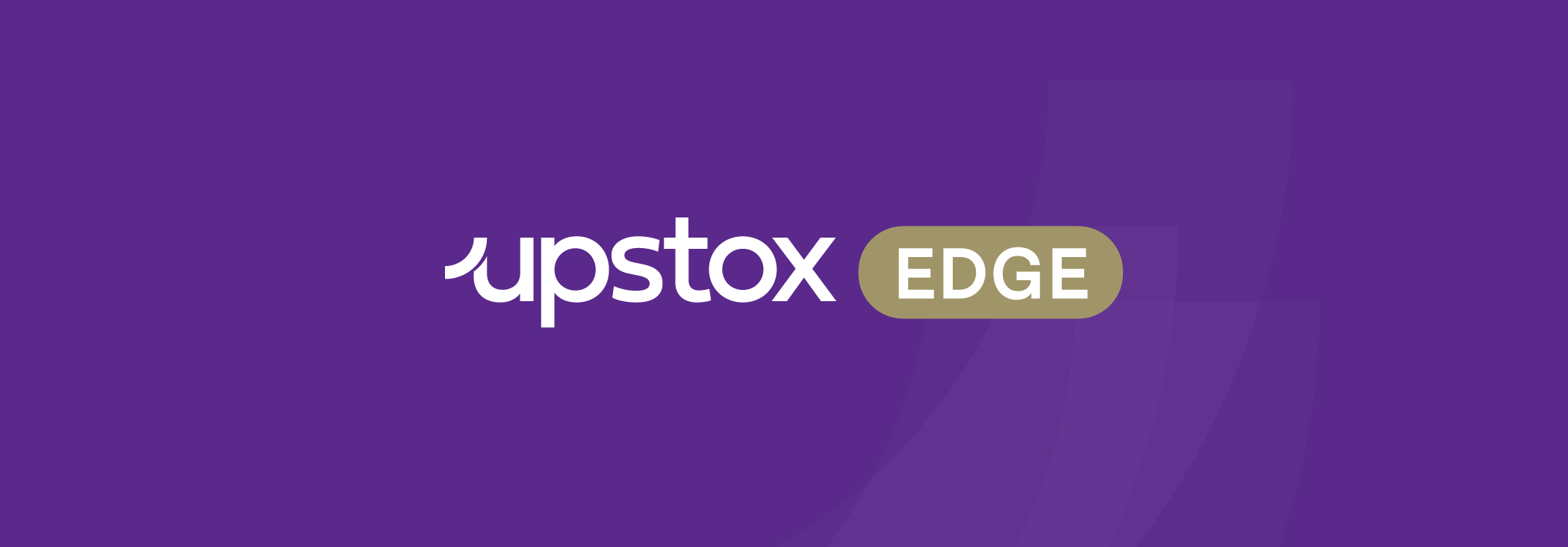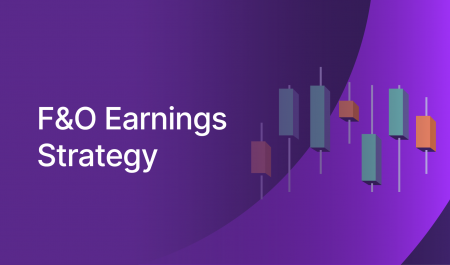A bull call spread strategy is an options strategy that traders implement when they are “moderately” bullish on a stock or an index. In this strategy, traders buy an ATM (at-the-money) call option and sell an OTM (out-of-the-money) call option to reduce their cost.
Let’s see how this strategy works.
Background
HDFC Bank’s net profit jumped 18% year-on-year in the December quarter to ₹10,342 crore. The double-digit growth in the bottom line was aided by a 13% rise in the net interest income to ₹18,443 crore.
Recently, the RBI lifted curbs against the bank’s Digital 2.0 initiatives. In December 2020, the RBI had imposed curbs on HDFC Bank’s new digital launches and stopped it from issuing new credit cards after repeated outages at the lender’s data centre.
Derivatives build-up
After touching the recent high of ₹1,533 earlier last month, the stock corrected to ₹1,292 levels recently. It is now trading at ₹1,440 levels.
The March 1,500 strike price call option has a significant base suggesting that the stock can face resistance at this price.
This is about 4% higher than the current price of ₹1,440.
The lot size in the F&O contract is 550 shares per lot.
Action
Traders willing to take a moderately bullish position on it tend to initiate a bull call spread strategy that involves buying an ATM (at-the-money) call option of 1,440 strike price (March expiry) at ₹35 and selling an OTM (out-of-the-money) call option of 1,500 strike price (March expiry) at ₹12.
Now, if the stocks moves higher and closes at ₹1,500 levels on expiry, the trader will make a profit of ₹20,350 [Loss on long call option: (₹25 * 550 = ₹13,750) + profit on short call option: (₹12 * 550 = ₹6,600)].
However, at the price of ₹1,500, the profit is capped at ₹20,350 because above this rate every one rupee increase in premium of the long call position will be offset by a one rupee increase in premium of the short call position.
The break-even point of this strategy is calculated by adding the ATM (at-the-money) strike price (1,440) and the net premium paid (₹35 – ₹12 = ₹23). In this case, the break-even point is ₹1,463 (1,440 + 23). If the stock closes at ₹1,463 on expiry, the trader will have neither incurred a profit nor a loss.
In case the stock goes down, say below ₹1,440 levels, the trader’s loss is limited to a net premium paid of ₹12,650 (₹23 * 550).
This strategy has a favourable profit to loss payoff of nearly 1.6:1, which tends to work in the favour of the trader.
We hope this strategy was simple and easy to understand. You can try spotting it on the option chain and see if you are able to identify levels.
We’ll bring you a lot of strategies that will help you to identify trade setups easily.
Until then, happy trading!
About the author: Kush Bohra is a SEBI-registered investment advisor and an F&O expert.
If you haven’t already done so, activate the F&O segment on your Upstox account! Click here to begin F&O trading.
Here is a detailed guide on how to activate your commodities/futures/options segments on Upstox. Click here to know more.
Disclaimer
Derivatives trading must be done only by traders who fully understand the risks associated with them and strictly apply risk mechanisms like stop-losses.
We do not recommend any particular stock. The stock names mentioned in this article are purely for showing how to do analysis. Take your own decision before investing.


